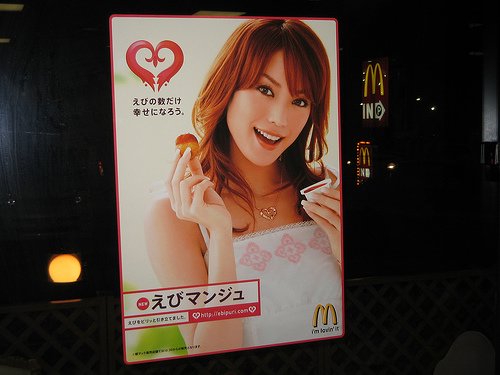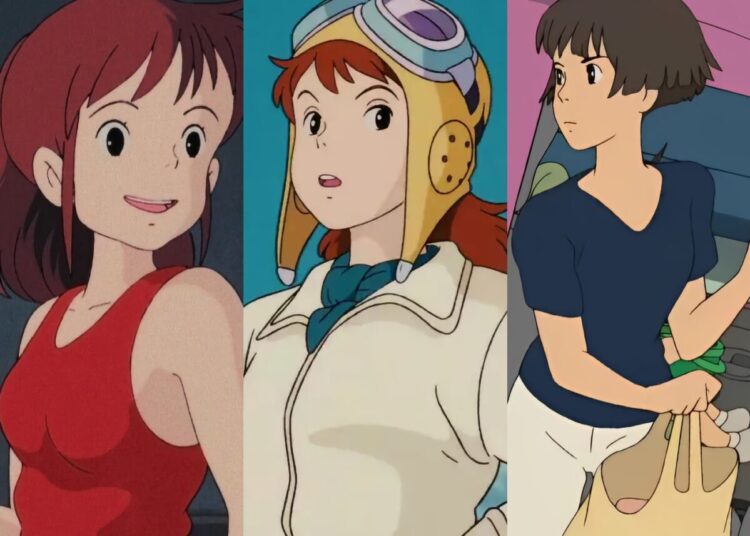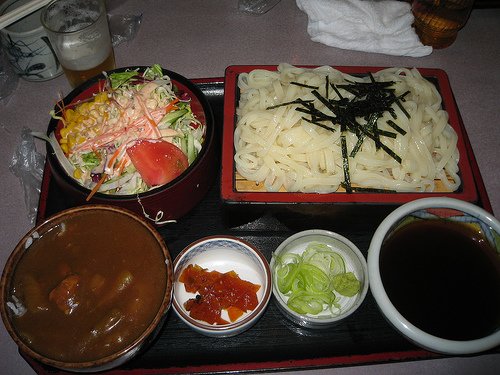Coming to Japan brought many surprises for me, and not just the usual things like beer vending machines and ikasumi (squid ink) pizza. One revelation I had was that Japan’s education system, which back in 1991 seemed the envy of the entire world, was in fact far from perfect. Japan introduced compulsory education as part of the sweeping reforms of the Meiji Period, when the country abandoned its feudal system and became a Constitutional Monarchy trying to immitate the powers of the West. Currently, Japanese children are required to attend 6 years of elementary school and three years of junior high. High school is optional, although nearly all students go, and there is competition between the various city-run and private high schools in any given area, e.g. Maebashi Commercial High School is best for students who want to learn a business-related trade, but Takasaki Boy’s High School has the best academic reputation, etc. Unlike schools back in the States in which each student had his own schedule of lessons for each hour, Japanese classes are always together for the duration of a school year — the same students in the same classrooms, all day long — while teachers come and go each hour to teach lessons. This difference alone is representative of the “individualism” of the U.S. (each student going to his own class on his own schedule) compared to the “group identity” of Japan (all students together as one defined group).
It’s hard to come up with an exact list of the issues I have with education here, since nothing is as simple as it looks at first glance. On the one hand, the near-absolute stress on “uniformity” of education, of treating every child as if they were exactly the same, rubs me the wrong way as an American. Japan’s top-down education structure, in which almost all cirriculum is decided in Tokyo and followed to the letter from Hokkaido to Okinawa, is somewhat necessary if for no other reason than because of kanji, which has to be learned in a standard order for people to become literate. But what about “special” kids, like my daughter, who is fluent in English? When she enters junior high she’ll have to take English along with all the other kids, starting with the phrase “this is a pen,” despite the fact that she’ll probably know more than the teacher. On the other hand, having students stay together as a cohesive unit for the entire school year teaches students the importance of wa (harmony) and gaman (putting up with things they might not necessarily like), important skills to have in any society. This group- based learning tends to foster lifelong friendships among classmates, too, and my mother-in-law still gets together with the people she went to high school with 50 years ago. (For a good look at how class relationships work, I recommend the excellent Ghibli film Ocean Waves, one of my favorites.) While I’ve come to see the many standardized tests for subjects like kanji, abacus and even penmanship as a positive force on kids — my son really wants to pass the next level of the Step test, and this motivates him to study his English — I am fearful of the effect of the dreaded entrance exams on my kids. Also, Japan’s education system relies too much on facts and too little on overall understanding. My wife can tell you what date the Kamakura Shogunate was founded (1192, which the Japanese memorize using the phrase ii kuni o tsukuro or “let’s make a good country”), but generally can’t explain how it was important to Japan’s history as a whole.
I’ve undertaken many areas of study in my quest to understand Japan from as many angles as possible. I’ve hitchhiked from one end of the country to the other, meeting various people along the way. I’ve toured hundreds of kilometers on my bicycle, explored Japan’s culture of onsen bathing in a dozen prefectures, and learned (or tried to learn) traditional calligraphy. I’ve delved into Japan’s manga culture, from true works of literature by Osamu Tezuka to the lighter offerings of more contemporary mangaka (manga artists). I even went through a phase when I wanted to study Japanese literature, exploring the classics of the Meiji and Taisho eras using a book intended for junior high school students (much more approachable for me). I enjoyed reading through some excellent books, like Kokoro by Souseki Natsume (the tragic story of a love triangle between two friends and a landlady’s daughter, told from several points in the story) and the short stories of Dazai and Akutagawa. One day I got it in my head to read my favorite novel, Flowers for Algernon, in Japanese, which was a bizarre experience — in places where Charlie makes spelling mistakes in the English edition, he makes kanji errors in the Japanese version. Hemmingway also translates very nicely into Japanese.
Do you want to help J-List evangelize its unique brand of Japanese pop culture? Got a website? If so, we hope you’ll consider joining the Friends of J-List, our affiliate program set up to help give back to people who link to us. The program is excellent, with many ways to link to either the J-List or JBOX.com websites using graphics (hosted by us, so there’s not even a bandwidth cost to you), text links, category links, and more. Go here for more information!
Thomas the Tank Engins is very popular in Japan, and this is a great and very rare item for collectors.
















